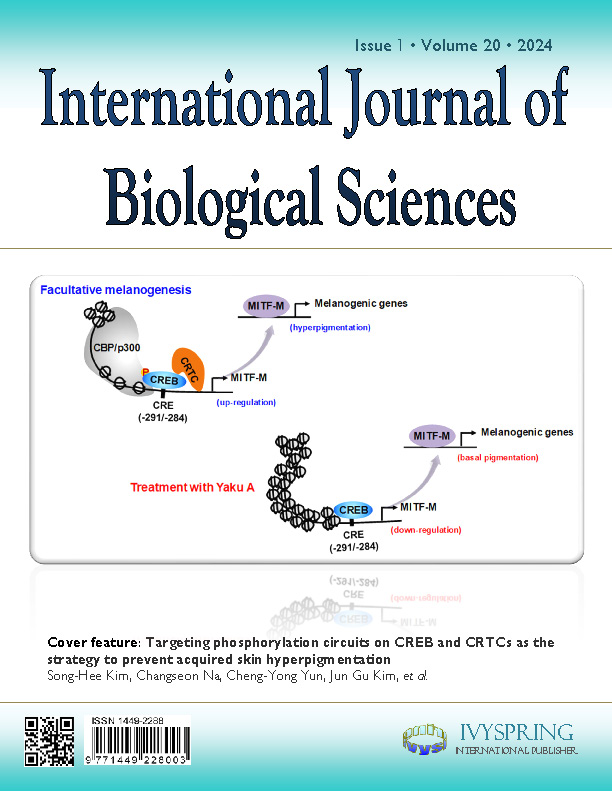达罗酰胺介导的磷脂重塑通过 SREBP1-FASN 轴诱导前列腺癌中的铁变态反应
IF 8.2
2区 生物学
Q1 BIOCHEMISTRY & MOLECULAR BIOLOGY
引用次数: 0
摘要
达罗他胺是一种雄激素受体抑制剂,已被美国食品药品管理局(FDA)批准用于治疗前列腺癌(PCa),尤其是雄激素受体突变的患者。由于PCa独特的脂质组学特征和达罗鲁胺的作用,达罗鲁胺与高铁血症之间的关系仍不清楚。本研究表明,达罗鲁胺能显著诱导AR+ PCa细胞中的铁突变。从机理上讲,达罗鲁胺通过下调SREBP1促进铁蛋白沉积,进而抑制FASN的转录。FASN基因敲除可通过破坏多不饱和脂肪酸(PUFA)和饱和脂肪酸(SFA)之间的平衡来调节磷脂重塑,从而诱导铁突变。在临床上,SREBP1 和 FASN 在 PCa 组织中显著过表达,与预后不良有关。此外,在PCa器官组织和小鼠异种移植模型中证实了达罗鲁胺和铁蛋白诱导剂(FINs)联合治疗的协同抗肿瘤作用。总之,这些发现揭示了达罗鲁胺介导的PCa铁蛋白沉积的新机制,为达罗鲁胺和FINs联合治疗PCa患者作为一种新的治疗策略奠定了基础。本文章由计算机程序翻译,如有差异,请以英文原文为准。
Darolutamide-mediated phospholipid remodeling induces ferroptosis through the SREBP1-FASN axis in prostate cancer
Darolutamide, an androgen receptor inhibitor, has been approved by the Food and Drug Administration (FDA) for the treatment of prostate cancer (PCa), especially for patients with androgen receptor mutations. Owing to the unique lipidomic profile of PCa and the effect of darolutamide, the relationship between darolutamide and ferroptosis remains unclear. The present study showed that darolutamide significantly induces ferroptosis in AR+ PCa cells. Mechanistically, darolutamide promotes ferroptosis by downregulating SREBP1, which then inhibits the transcription of FASN. FASN knockdown modulates phospholipid remodeling by disrupting the balance between polyunsaturated fatty acids (PUFAs) and saturated fatty acids (SFAs), which induces ferroptosis. Clinically, SREBP1 and FASN are significantly overexpressed in PCa tissues and are related to poor prognosis. Moreover, the synergistic antitumor effect of combination therapy with darolutamide and ferroptosis inducers (FINs) was confirmed in PCa organoids and a mouse xenografts model. Overall, these findings revealed a novel mechanism of darolutamide mediated ferroptosis in PCa, laying the foundation for the combination of darolutamide and FINs as a new therapeutic strategy for PCa patients.
求助全文
通过发布文献求助,成功后即可免费获取论文全文。
去求助
来源期刊

International Journal of Biological Sciences
生物-生化与分子生物学
CiteScore
16.90
自引率
1.10%
发文量
413
审稿时长
1 months
期刊介绍:
The International Journal of Biological Sciences is a peer-reviewed, open-access scientific journal published by Ivyspring International Publisher. It dedicates itself to publishing original articles, reviews, and short research communications across all domains of biological sciences.
 求助内容:
求助内容: 应助结果提醒方式:
应助结果提醒方式:


